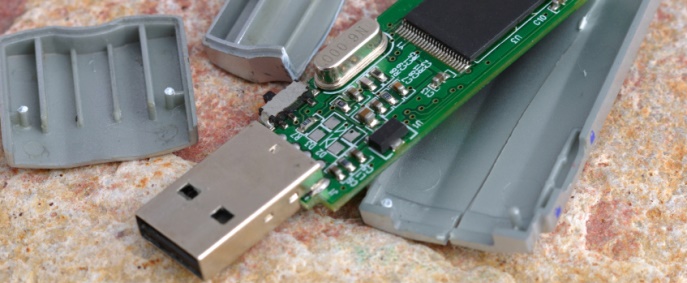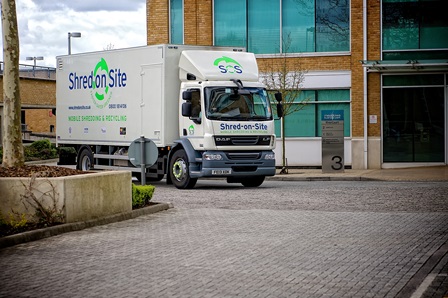Is Your Company Prepared for a Ransomware Attack?
Ransomware has become the most common way for cyber criminals to attack businesses. In fact, around 60% of ‘malware payloads’ are now ransomware. This type of threat can come in two distinct formats: ransomware that blocks access to systems and the type that encrypts files and systems and holds them hostage until payment is provided in return for a decryption key. What is perhaps most worrying is that, with this rise in ransomware has come an increase in the potential penalties – according to Symantec the average amount demanded in return for a decryption key or unlocking services has tripled since 2015.
Ransomware affects every enterprise
It’s crucial for every business to be prepared for a ransomware attack. Gone are the days when hackers would only target big businesses or sizeable organisations with deep pockets. Small and medium sized enterprises are just as likely to find themselves on the receiving end of this kind of attack today. And this can be absolutely devastating – a quarter of small and medium sized businesses that go through this experience have to instantly halt operations, which can be crippling for the company.
Protecting your business against a ransomware attack
Have a media destruction policy in place
Old media, such as hard drives, laptops and thumb drives may contain data that provides a way in for hackers. Just as you would ensure that documents are properly disposed of, working with a document destruction company to safely dispose of old media is the only way to keep your systems and network safe.
Educate your employees
Ransomware is often unwittingly downloaded by employees who haven’t been trained to spot it. Take the time to educate your employees so that they know what ransomware looks like and are smart to the potential consequences of clicking on rogue links and downloads.
Download your updates
Software and systems should be updated regularly to avoid accidental vulnerabilities. Most developers are constantly patching and closing loopholes that have recently been discovered. If your software and systems are not up to date then you don’t have the benefit of these updates and are likely to be left exposed to an attack.
Use antivirus software
There are plenty of antivirus options out there that provide significant protection without creating issues for user experience.
Data backups are always better off site
Malware can spread through connected systems, which is why it’s often preferable to ensure that data back up facilities are off site or in the cloud. Backing up data will help to protect against ransomware because the business will still have access to business critical information even if an attack has been launched to try and isolate it.
Practice positive password habits
An alarming number of people don’t take much care with their passwords. That’s why “password” and “1234” remain some of the most common passwords in use. This creates a serious potential security situation, as your network will be very easy to get into. Make sure all staff understand the importance of complex passwords that are regularly changed. Preparation is essential when it comes to cyber security. From antivirus software to ensuring old hard drives are totally destroyed, protection can be achieved in a few simple steps.
Find out more about Shred-on-Site’s media destruction service today and get in touch to discuss your requirements on 0800 181 4106.
Author: Mark Coombes, Follow me on Google+







